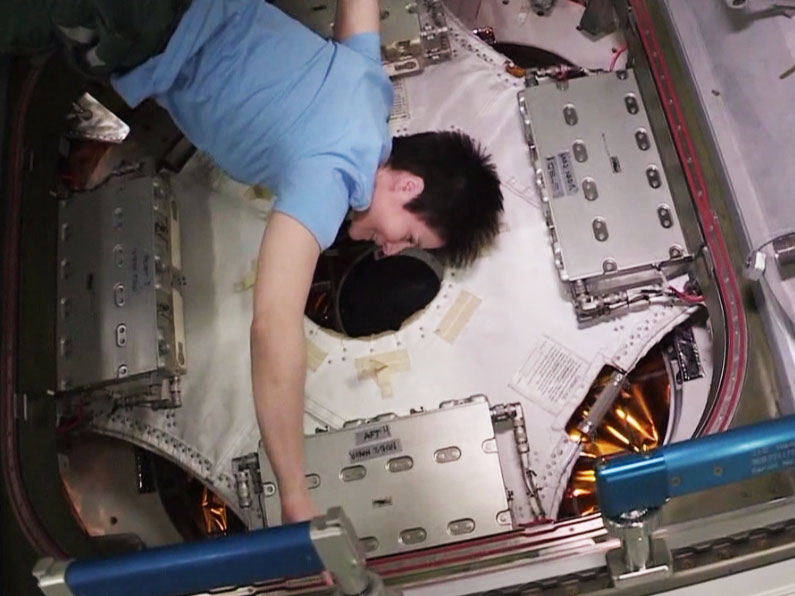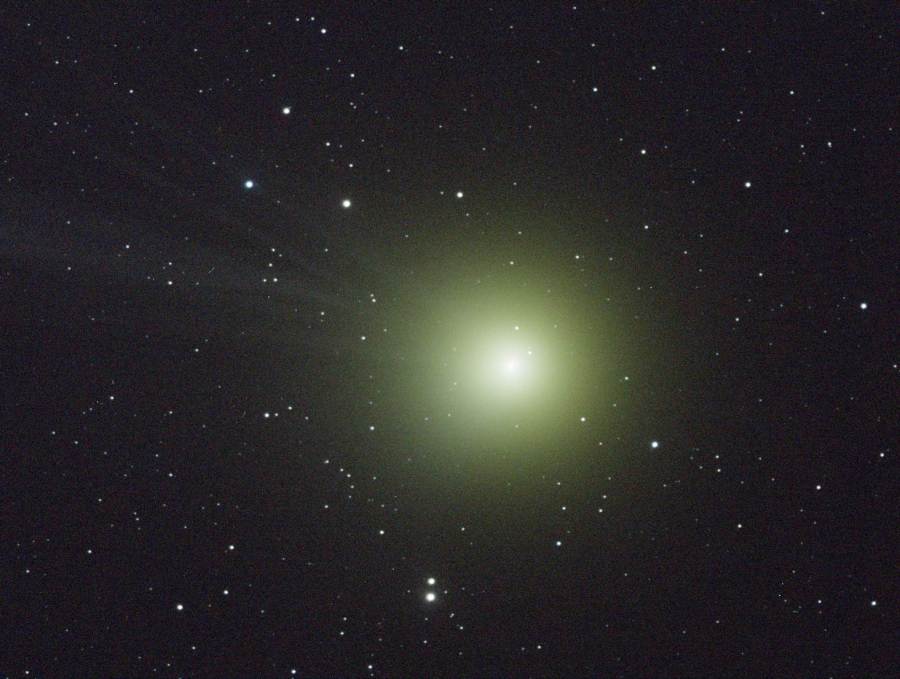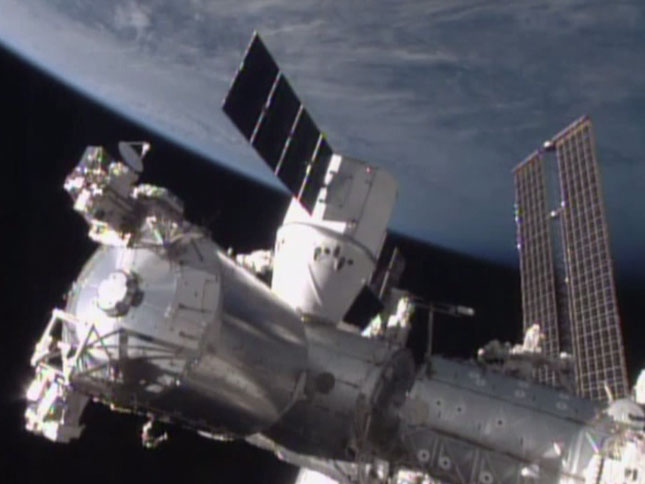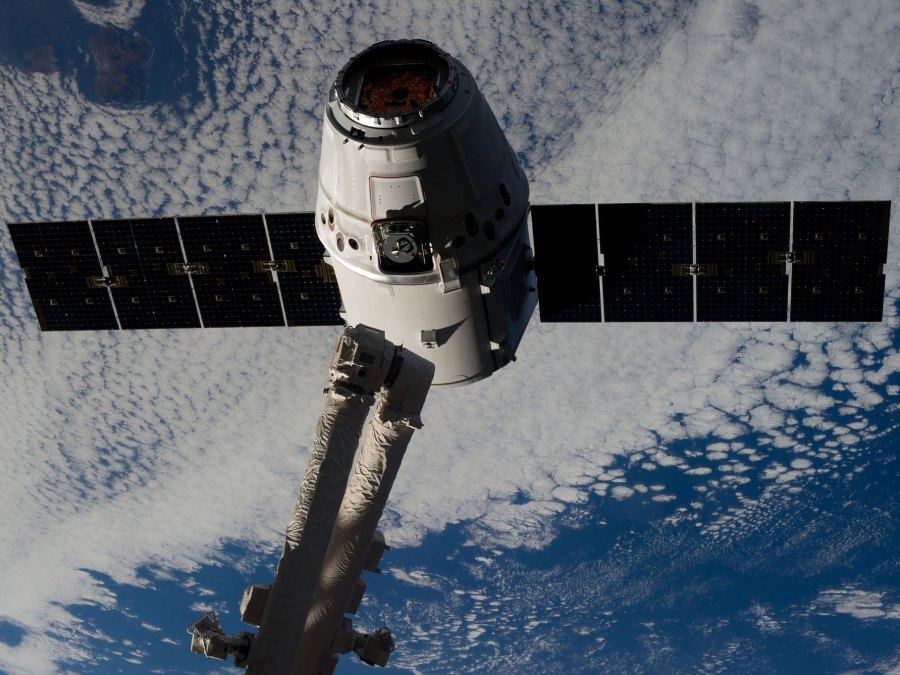The Expedition 42 crew members are safe and in good shape inside the Russian segment of the International Space Station following an alarm in the U.S. segment at about 4 a.m. EST. The crew received an update from spacecraft communicator James Kelly that it’s starting to look like a false indication, either a faulty sensor …































